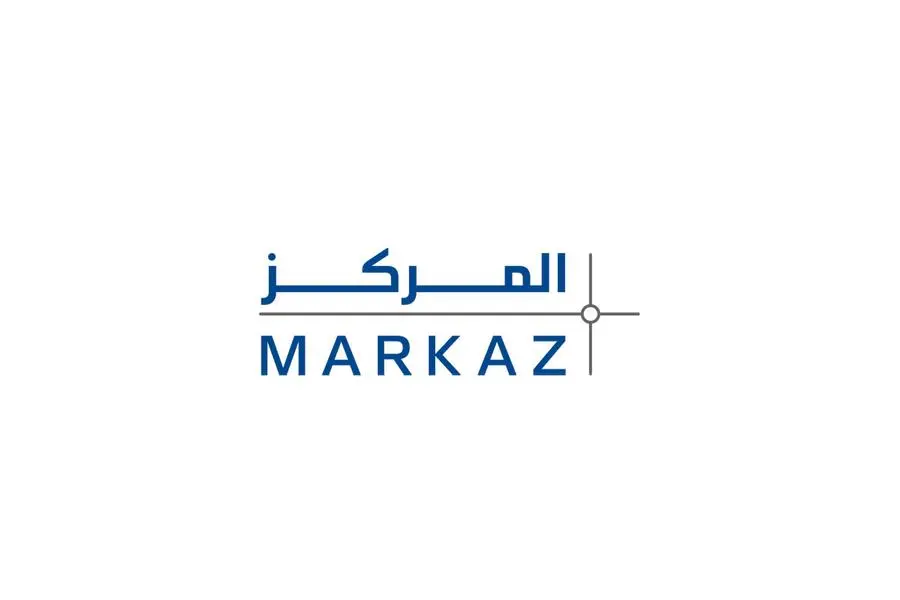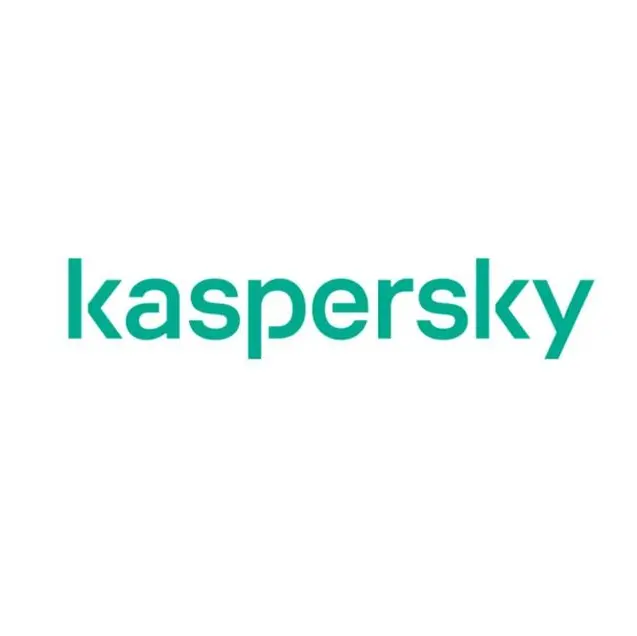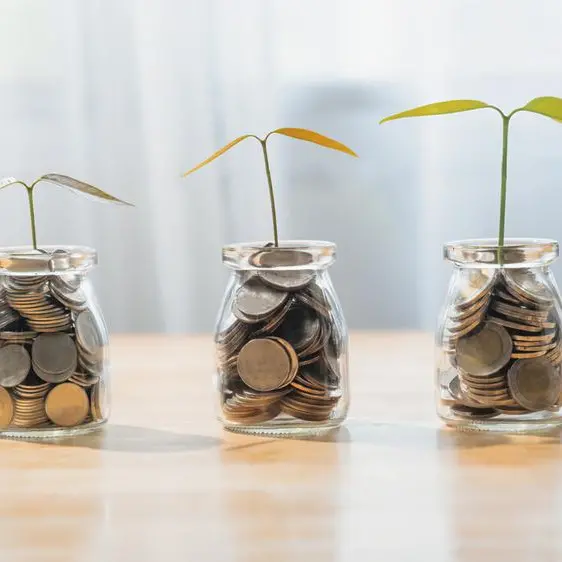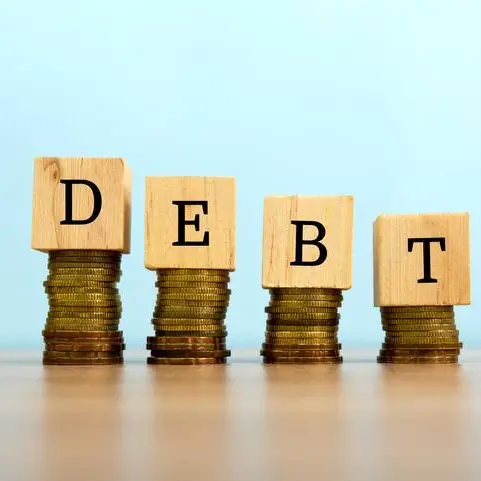PHOTO
Kuwait: Kuwait Financial Centre “Markaz” released its Monthly Market Review report for August 2024. GCC markets were mildly positive for the month in anticipation of Fed rate cuts in September, and a favourable outlook for the banks. However, geopolitical uncertainty and a decline in oil price capped gains.
Kuwait equity index mildly declined by 0.8% for the month, however, the year-to-date returns remain positive at 5.3%. Banking stocks fell 1.4% during August, with NBK and KFH share prices declining 3.0% and 1.4% respectively. KFH has agreed to sell its entire stake in the UAE’s Sharjah Islamic Bank for AED 1.29 billion (USD 351 million), pending regulatory approvals. Gulf Bank and Boubyan Bank have disclosed that they have signed an MoU to explore the possibility of merger to create a new Islamic Bank, which is intended to provide a new opportunity for growth. Kuwait’s Burgan Bank has received approval from the Central Bank to move ahead with its plan for the 100% acquisition of Bahrain’s United Gulf Bank. Among Premier market stocks, Boubyan Petrochemical Company (BPC) gained the most at 12.5% for the month supported by robust corporate earnings. BPC reported a 144% y/y surge in net profits for the three months ended July 2024. Beyout Investment Group declined the most, falling 8.2% during the month.
Kuwait inflation rose by 3% y/y in July, compared to 2.8% y/y rise in the previous month. The prices in the food and beverage sector rose by 5.9% y/y while the clothing sector witnessed a 5.6% y/y increase. Fitch maintained a stable outlook for Kuwait’s rating at “AA-”, acknowledging the banking sector’s resilience while noting constraints related to oil dependency.
GCC markets were mixed during the month, with the S&P GCC composite index registering a marginal gain of 0.3% for the month. Fall in oil prices and concerns about escalation of geopolitical risks overshadowed the growing optimism on U.S Fed interest rate cuts. Net income for listed banks in the GCC reached USD 14.8 billion in Q2 2024, up 9.2% y/y. IPO activity in the MENA region remained resilient raising USD 2.64 billion in proceeds during Q2 2024 (45.3% y/y growth), according to EY. Saudi Arabia dominated the region’s IPO activity in terms of the number of listings (11 out of 14), raising USD 1.6 billion.
Dubai and Saudi Arabia equity indices gained 1.3% and 0.3% respectively for the month, supported by the positive investor sentiment following expectations that lending income of GCC banks will remain elevated after the outperformance in Q2 2024. Shares of Saudi Telecom Company rose 11.7% during August after the company announced new three-year dividend policy, pledging a quarterly pay-out of USD 0.15 per share, starting from Q4 2024 and extending through to Q3 2027. The Abu Dhabi stock index posted a marginal loss of 0.6% for the month dragged down by the performance of a few blue-chip stocks. International Holding Company declined by 2.6% for the month on the back of a 29.8% y/y decline in its net profit for Q2 2024. Aldar properties’ shares fell 0.7% as the Q2 2024 results did not contain any surprises for the investors. Qatar stock index gained 0.5% for the month amid surge in natural gas prices.
Saudi Arabia's real GDP shrank 0.4% y/y in Q2 2024, as per preliminary data released by the government's statistical authority, driven by an 8.5% decline in oil activities which has limited overall growth for several quarters. The foreign direct investment balance in Saudi Arabia recorded a growth of 6.1% y/y by the end of Q1 2024, indicating the confidence of foreign investors in the Saudi’s investment environment.
Global and U.S. markets were positive for the month, with MSCI World and S&P 500 indices increasing by 2.5% and 2.3% respectively for the month. Earlier in the month, U.S. labour market weakness had given way to recessionary fears, pressurizing markets. However, data on moderating inflation, strong retail sales and dovish comments from the U.S Fed Chair supported markets for the better part of the month. The U.S consumer price index increased by 0.2% m/m in July, but grew by 2.9% y/y, its lowest annual increase in 3.5 years. U.S retail sales increased by 1.0% m/m in July. U.S Fed Chair’s statement during the annual economic conference in Jackson Hole that the time has come for policy to adjust and minutes of U.S Fed’s FOMC meeting in July further strengthened hopes of rate cut by the U.S Fed during its FOMC meeting in September 2024. Bank of England has lowered its policy rate by 25 bps to 5.00%, its first reduction since the COVID-19 pandemic. The MSCI EM index gained 1.4% for the month, despite weakness in Chinese equity markets, which fell by 3.3% for the month. Slowing factory output, rising inflation due to weather disruptions, decline in home prices and rising unemployment.
The yield on the 10-year U.S. Treasury note declined by 18 bps during the month closing at 3.91%, amid data on weakening of U.S job market and comments from the U.S Fed Chair on impending rate cuts. The yield on the 2-year U.S. Treasury note declined by 38 bps during the month closing at 3.91%. The inversion of yield curve between 2-year and 10-year yield corrected for the first time in 2 years earlier in August and remained flat by the month-end.
Oil price settled at USD 78.8 per barrel, down 2.4% during the month of August. The commodity was weighed by concerns of economic slowdown in U.S and China. Downward revisions to employment numbers in the U.S, slowdown in industrial output and rising unemployment in China had fueled these growth concerns. OPEC+ also maintained its plan to begin unwinding production cuts from October 2024. The agency is however open to pausing the move if needed. Expectation of rate cut by the U.S Fed, production cuts in Libya and geopolitical tensions lent some support to the commodity during the month. IEA, while maintaining its growth forecast for oil demand at 970,000 for 2024, has revised down its forecast for 2025 to 950,000 barrels per day, down 30,000 bpd from its earlier forecast.
Given the high expectations of a reduction in policy rates, the U.S Fed’s FOMC meeting scheduled for 17th and 18th September would be keenly watched. Any rate cuts by the Fed are likely to be followed by the GCC Central Banks. GCC markets would also track developments on geopolitical front and indications of easing tensions could support markets.
-Ends-
About Kuwait Financial Centre “Markaz”
Established in 1974, Kuwait Financial Centre K.P.S.C “Markaz” is one of the leading asset management and investment banking institutions in the MENA region with total assets under management of over KD 1.38 billion (USD 4.50 billion) as of 30 June 2024. Markaz was listed on the Boursa Kuwait in 1997. Over the years, Markaz has pioneered innovation through the creation of new investment channels. These channels enjoy unique characteristics and helped Markaz widen investors’ horizons. Examples include Mumtaz (the first domestic mutual fund), MREF (the first real estate investment fund in Kuwait), Forsa Financial Fund (the first options market maker in the GCC since 2005), and the GCC Momentum Fund (the first passive fund of its kind in Kuwait and across GCC that follows the momentum methodology), all conceptualized, established, and managed by Markaz.
For further information, please contact:
Sondos S. Saad
Media & Communications Department
Kuwait Financial Centre K.P.S.C. "Markaz"
Email: ssaad@markaz.com




















